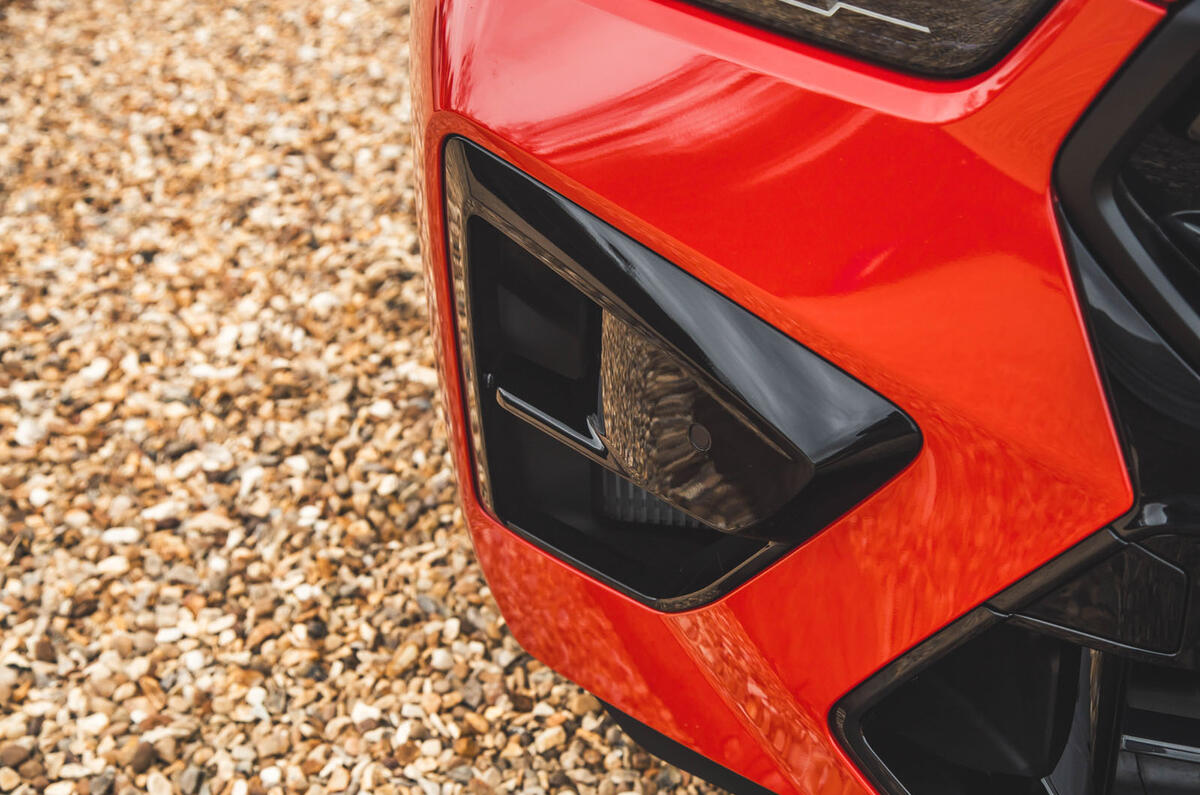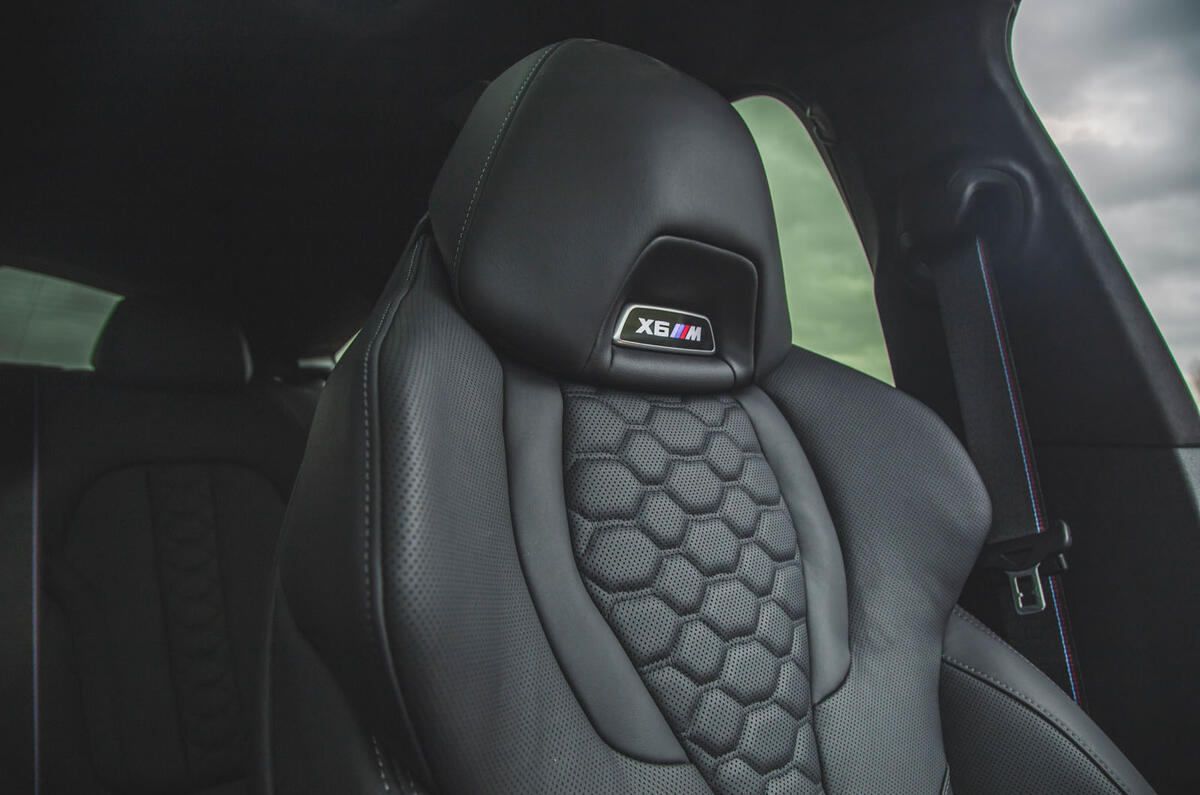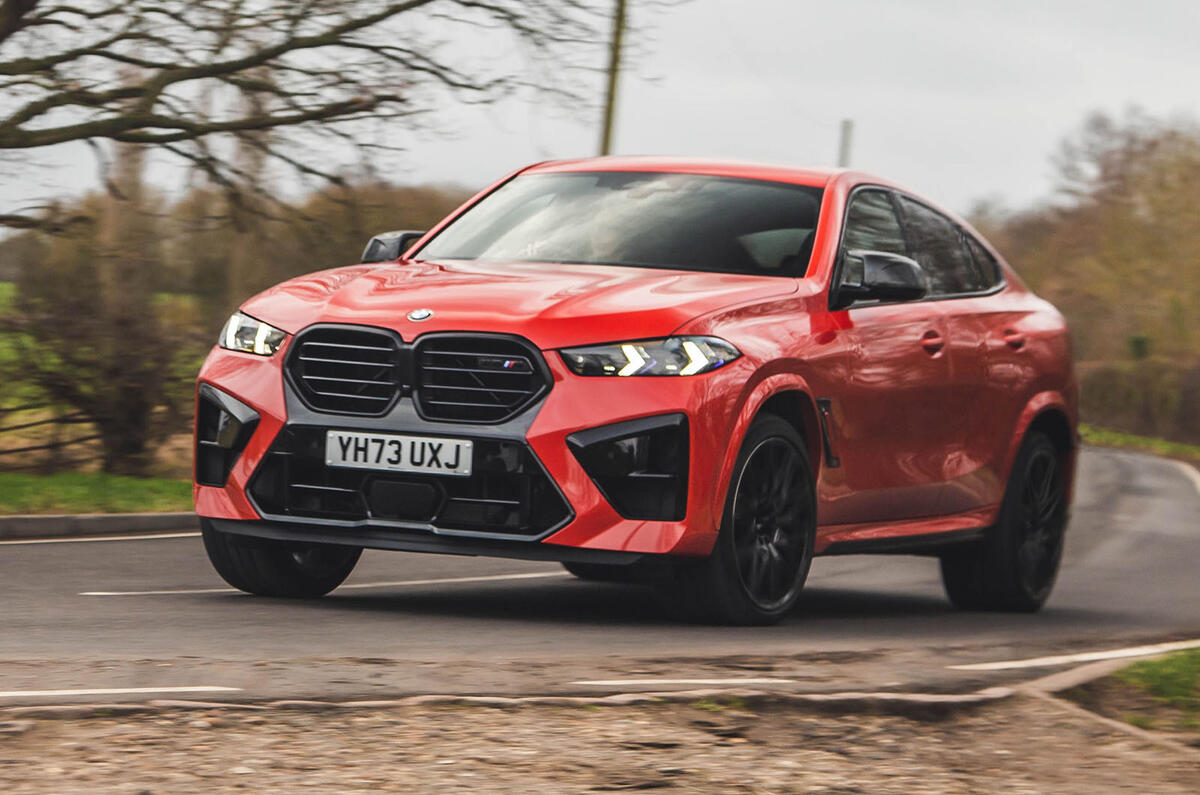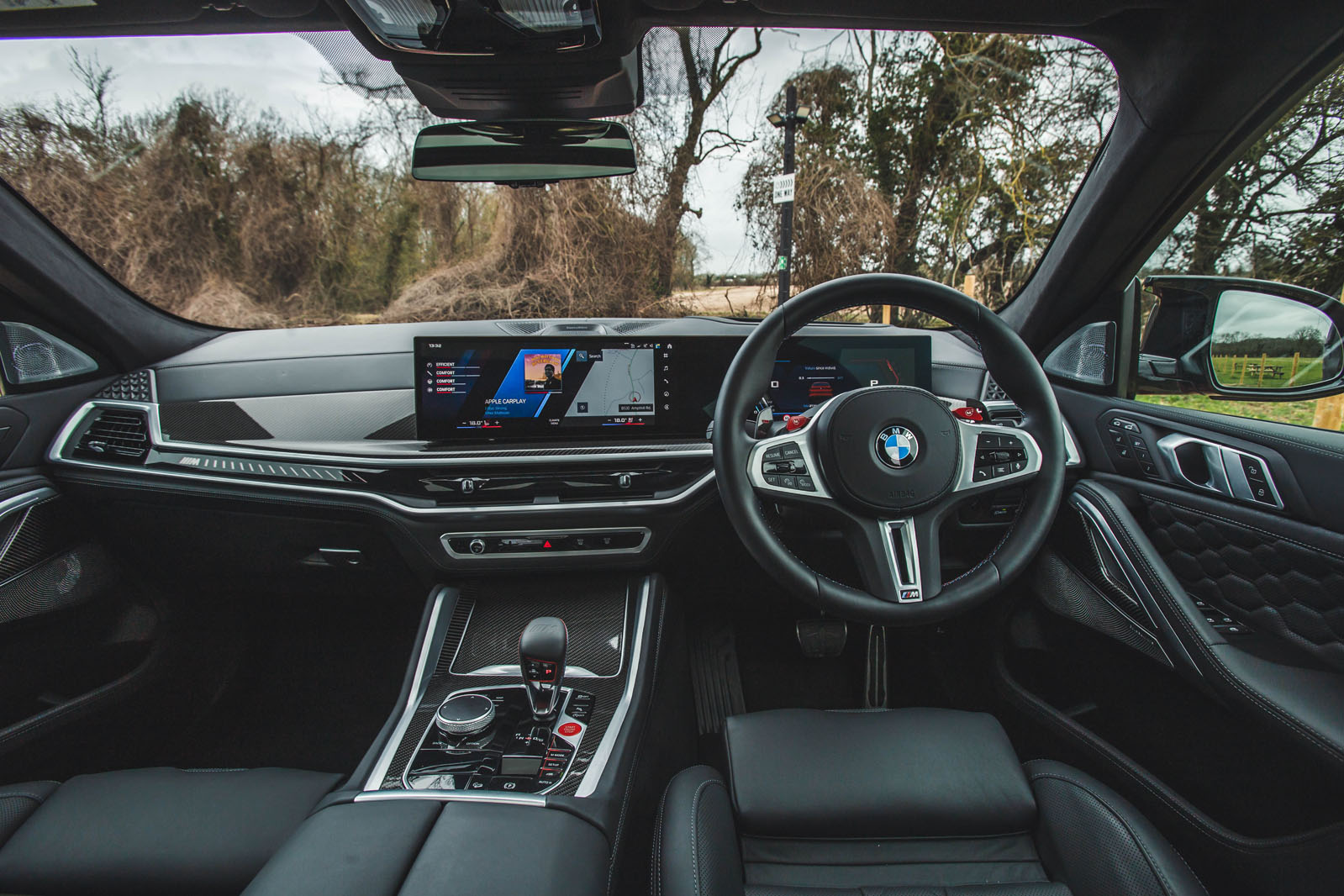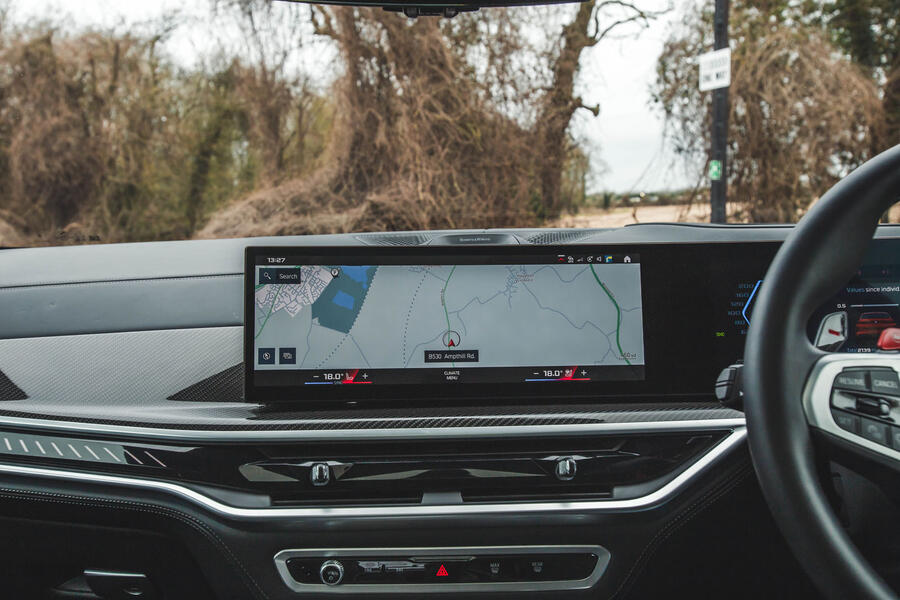Super-SUVs such as the BMW X6 M have always been a puzzling concept: big, heavy and tall, yet supposedly also fast, sharp in the corners and fun to drive. For the traditional car enthusiast, they have never really worked.
But it seems modern suspension technology is allowing the sports SUV to come of age. Four-wheel steering, active anti-roll bars and air suspension – or in the case of the Ferrari Purosangue, mind-bending spool-valve dampers – all work together to deal with the weight and high centre of gravity of these SUVs to create genuine driver’s cars.
The X6 M – and its mechanically identical sibling, the X5 M – have long done without many of those mechanical aids, sticking with steel coil springs and a standard rear axle that doesn’t steer. The only concession are active anti-roll bars.
The standard X5 and X6 have just been facelifted, which has brought in mild-hybrid tech, and that even extends to the M versions. However, while there have been a number of chassis optimisations, the BMWs remain quite simple – or quite pure, depending on how you look at it.
We have put the refreshed X6 M through the full road test to find out whether that recipe is able to translate M-car sensations to an SUV – and whether it can work on the road as well as the track.
The range at a glance
| Models | Power | From |
|---|---|---|
| xDrive30d | 294bhp | £75,760 |
| xDrive40i | 376bhp | £77,535 |
| xDrive40d | 347bhp | £80,005 |
| M60i xDrive | 523bhp | £95,155 |
| X6 M Competition | 617bhp | £131,405 |
The standard BMW X6 is available with two 3.0-litre diesel engines and one petrol – all straight sixes. The M Performance M60i uses a less powerful version of the X6 M’s mild-hybrid V8. Most of these versions are mirrored in the range of the more upright X5 SUV, though it trades the 40i for a 50e plug-in hybrid.





